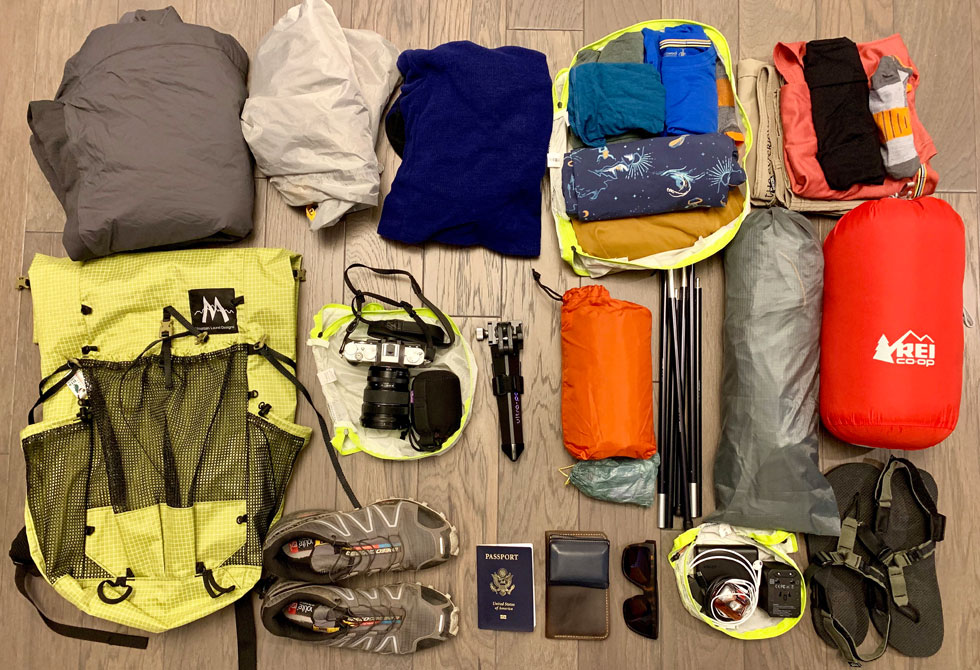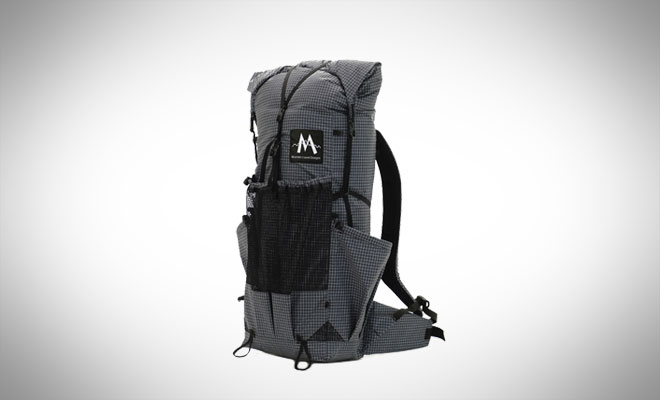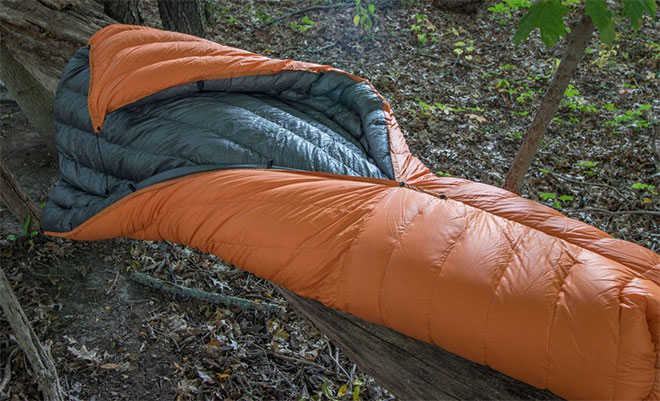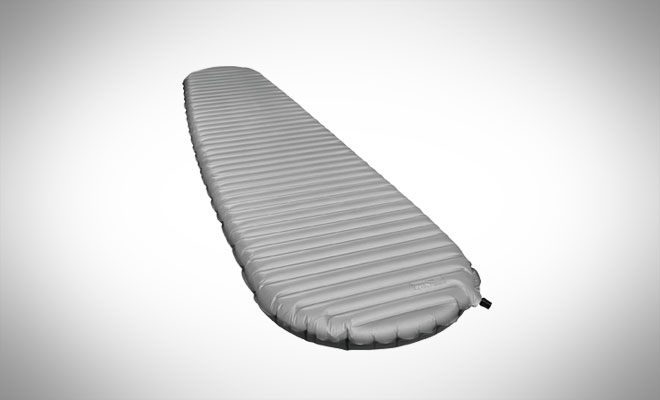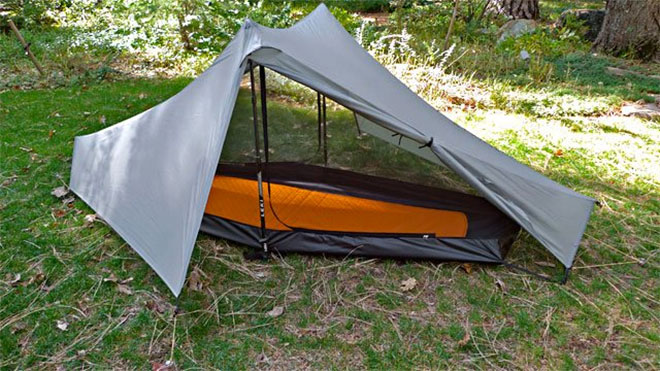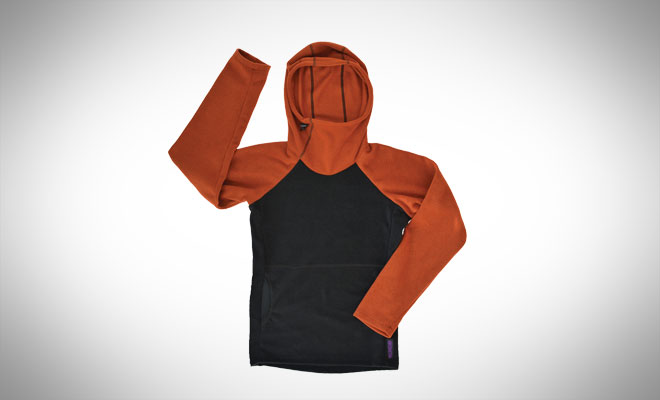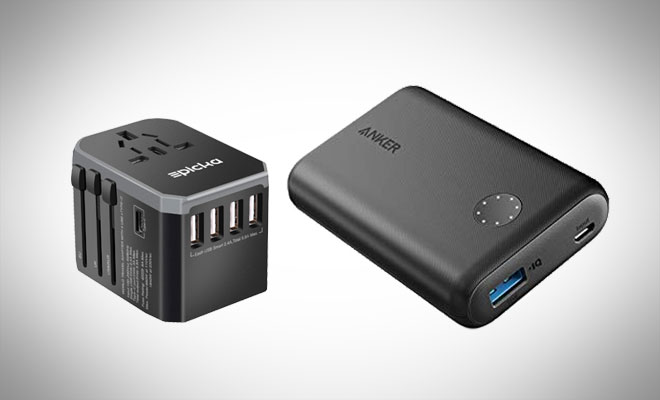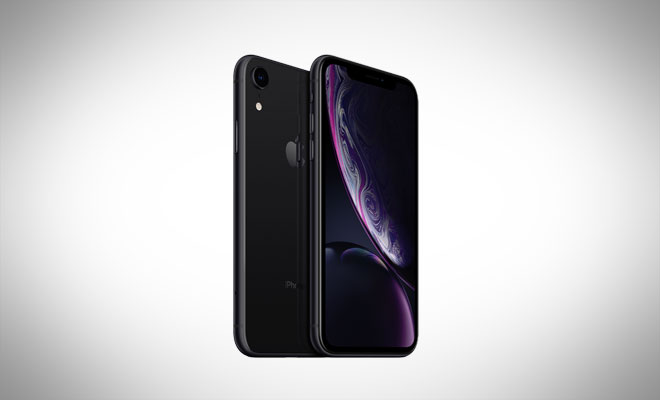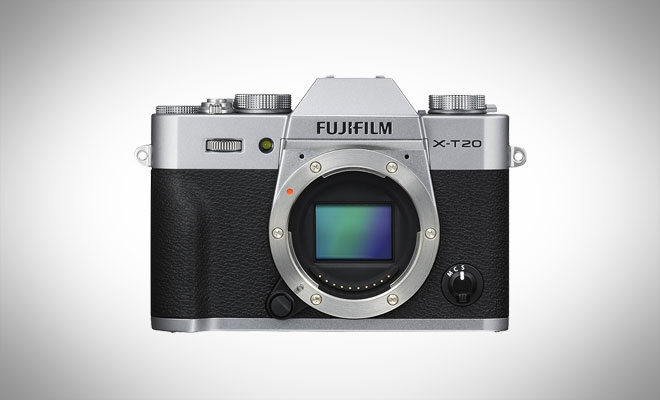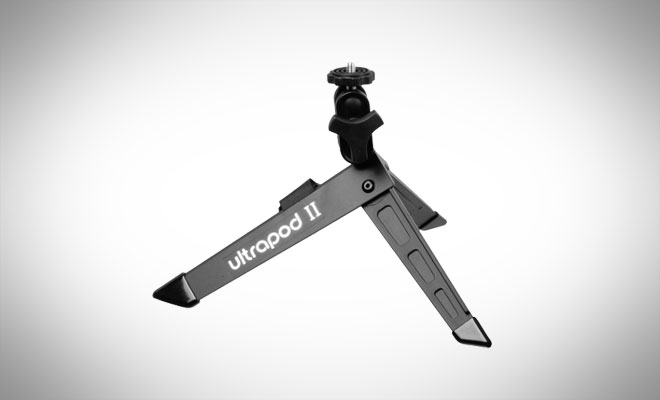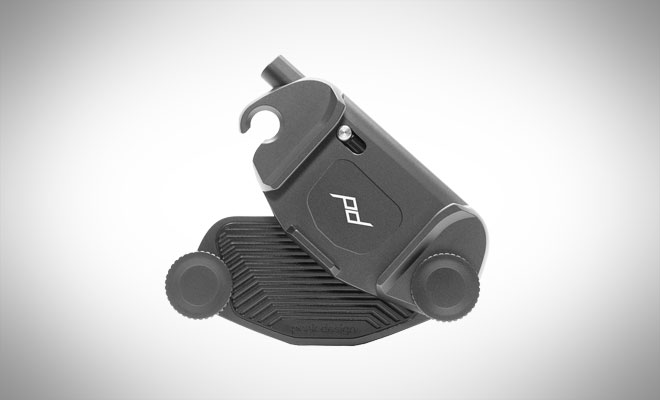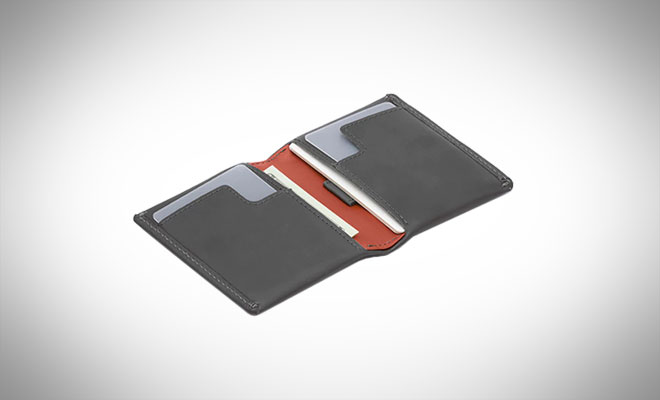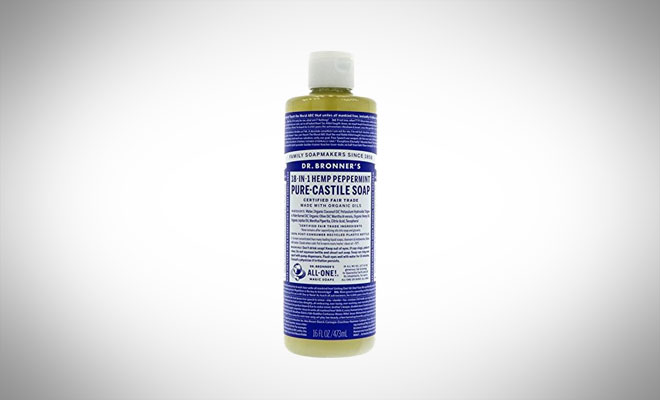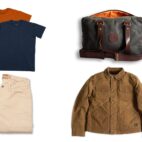What to Pack for Chile (and Two Multi-day Hikes)
George Davis is a nuclear engineer who loves skiing, hiking and mountain biking and he’s kindly shared his packing list for two weeks in Chile. He’ll be spending a few days in Santiago, a few days in Valparaiso, and will be doing two multi-day backpacking trips – the W-trek in Torres del Paine National Park and Dientes de Navarino on Isla Navarino – with time between spent at Puerto Williams and Puerto Natales.
Because of the varied climates (90F+ in Santiago and down to the low 30s and possible rain/snow on Isla Navarino) and environments (city life vs. wilderness), he needs a varied wardrobe and kit. Check out his carefully curated packing list below.
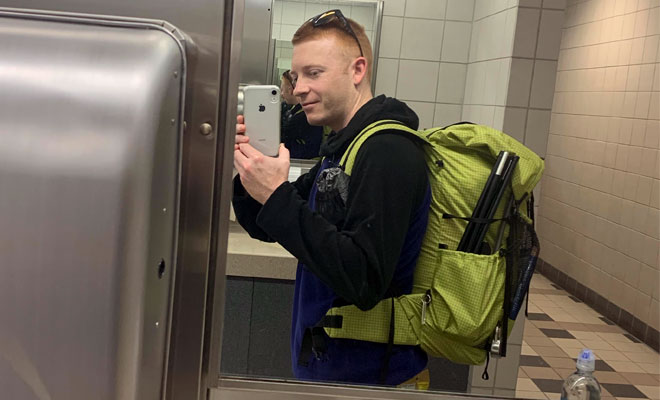
Mountain Laurel Designs Burn
This tried and true UL pack has undegone numerous iterations and improvements over the years. It’s commonly used for SUL thru hikes or shorter UL hikes and weighs just 16oz with 38 liters of space. It is frameless, so you need to make sure the rest of your gear is light. There’s a main compartment, side pockets, and a big mesh pocket on the back. No separate internal compartments however as it’s really made for UL backpacking trips – I used packing organizers to remedy this.
UGQ Outdoor Bandit Top Quilt
Quilts are better than sleeping bags because they’re lighter for the same warmth (all the down compressed under your body with a normal sleeping bag doesn’t help keep you warm), pack down smaller, and are more flexible (you can stick a leg out if you get too hot). They’re typically made by cottage manufacturers for UL backpacking, but some bigger brands are starting to make them now due to their rising popularity. With this quilt you can customize the inner and outer shell fabrics and colors, what type of foot box you want, and what fill and how much down and overstuffing you want. There are many manufacturers out there (MLD, Enlightened Equipment, Feathered Friends, ZPacks, and even REI now) but I picked this quilt because it hits the perfect price vs. quality point.
Therm-a-Rest NeoAir Xtherm Sleeping Pad
This is a slightly heavier, slightly warmer version of the popular X-Lite sleeping pad. It weighs just under a pound but has a large enough r-value (sleeping pad insulation value) to keep me warm into the teens; too low a value means you will be cold no matter what your bag or quilt is rated for. It’s comfy at 2.5 inches thick, allowing me to side sleep without bottoming out. Plus it rolls up into a compact cylinder a bit smaller than your typical Nalgene bottle.
Tarptent Notch
Why anyone still sleeps in big heavy tents that are complicated to set up or pack and have a bazillion poles and poor ergonomics is beyond me. For prices comparable to those of popular tents, you can get a shelter that is much lighter, probably more durable, packs smaller, and is easier to pitch as well.
The Notch weights just 27 oz and is a dual wall shelter (meaning it helps prevent condensation from getting on you and the inner net shelter can be set up by itself if the weather is nice) with two large vestibules and dual entry. It also uses trekking poles as support poles to help reduce weight. The waterproof bathtub floor prevents you from getting soaked by rain splashing up or if a puddle forms under your tent. Plus the Notch is wind resistant and you can adjust the pitch to prevent wind or rain from getting in; valuable in Patagonia and southern Chile where the winds can be very strong and the weather unpredictable.
Smartwool Merino T-shirts
These t-shirts are odor resistant, lightweight, pack down very small, come in attractive but muted colors, dry quickly, and wick sweat. There’s a reason everyone loves merino for travel or just being comfy.
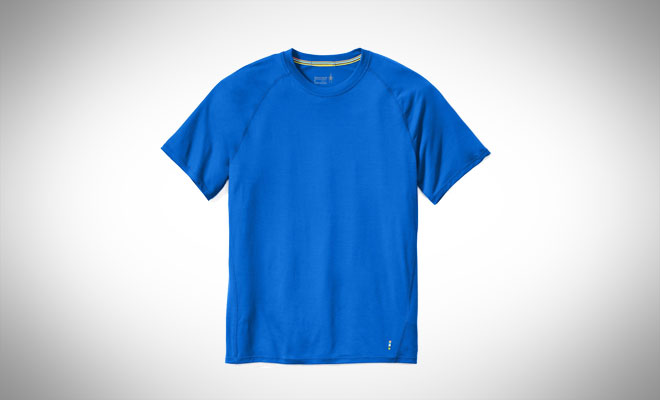
Arc’teryx Atom LT Jacket
The Atom LT Jacket is about as warm as (but less breathable than) Patagonia’s NanoAir jacket, with a better cut and much better hood. It serves as an insulation layer on top of my shirt or light fleece and under the rain jacket.
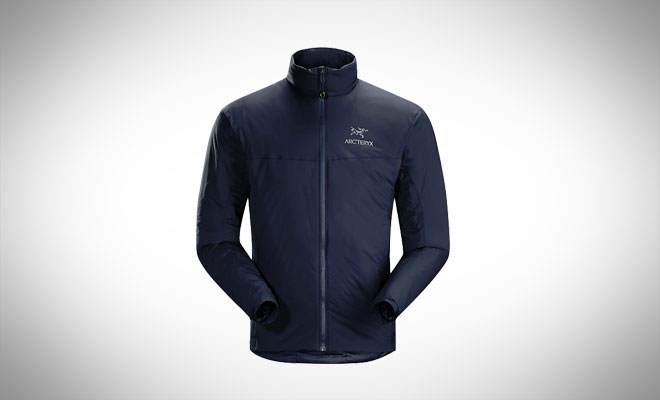
Montbell Versalite Jacket
This is a very lightweight but fully functional rain jacket that serves as my wind/rain barrier. It has pit zips, an adjustable hood, and multiple pockets. And for easy storage it zips up into its own pocket or stuffs into a bag about the size of a soda can.
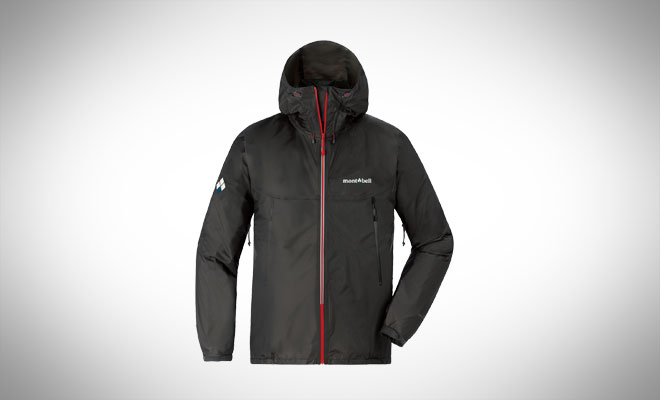
Melanzana UL Microgrid Hoodie
This hoodie is a cult item on r/ultralight simply because of how hard it is to get; it’s a thin micro grid fleece (like the Patagonia R1) with a baggier cut and is only sold at Melanzana’s store in Leadville, CO. It’s a lightweight insulation layer that stays warm when dry, looks good around town, and doesn’t scream tourist.
Pistol Lake One-Bag Henley
I discovered this company on r/onebag and quickly fell in love with the henley after ordering my first one. It’s made with very comfortable fabric that looks great, dries quickly, and can be used while hiking or to dress up a bit when in town. I haven’t worn it yet as Santiago has been pretty hot, but it will get plenty of use on Isla Navarino and in Puerto Natales.
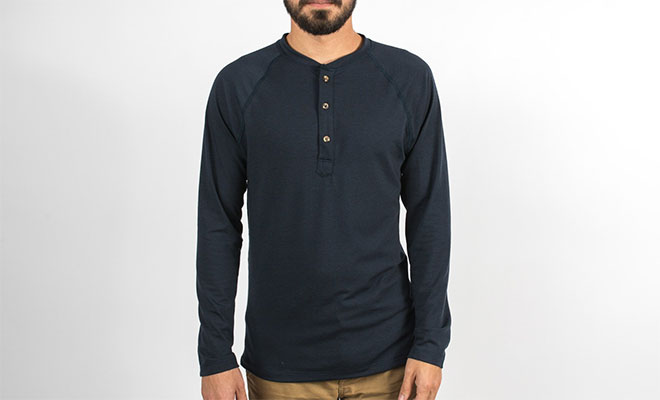
Eagle Creek Pack-It Specter Fabric Packing Cubes
This is the first time I’ve ever used packing cubes. Normally I just use cuben/silnylon stuff sacks, but these are about the same weight and have helped with the larger variety of clothes/electronics I brought for this trip.
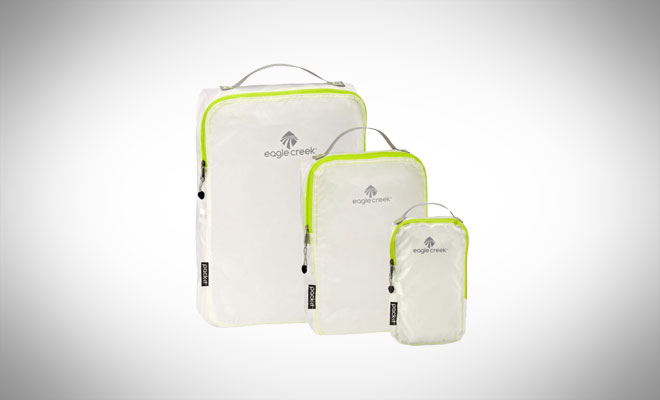
Electronics
I’m taking the EPICKA power adapter with multiple USB ports for charging stuff in Chile. Nothing too fancy – it’s compact and does its job. I’m also taking the Anker PowerCore II 10000 for charging my electronics on the trail. It’s a large capacity just to be safe.
Taking along on the journey is my iPhone XR. I recently changed providers and upgraded from my SE to this while doing so. I love how long the battery life is and all of the updated features that my SE didn’t have. It takes good enough pictures when I don’t feel like taking out a camera. It also serves as a GPS, translator, reference for getting food/drinks/figuring out what to do in town, etc.
My Petzl Zipka headlamp is light and bright, with good battery life. I don’t anticipate using it much because the sun doesn’t set until very late so far south, but I would never go backpacking without a headlamp.
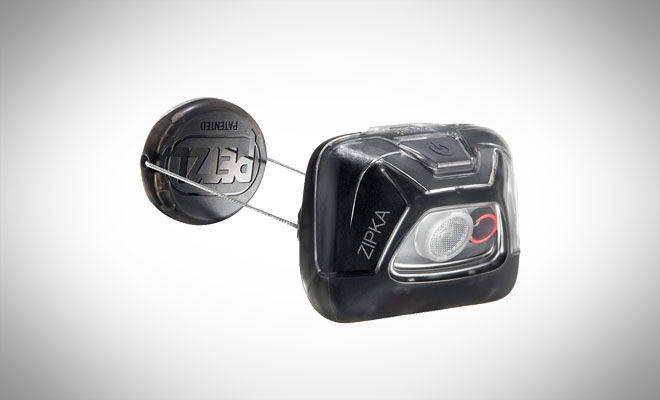
Camera Gear
The Fujifilm X-T20 with XF 10-24mm f/4 OIS is a great compact camera that has excellent image quality. It’s paired with the 10-24mm to hopefully get some great landscapes on Isla Navarino and in Torres del Paine. I’m bringing three batteries in total.
The Pedco UltraPod II is a lightweight tripod that can stand by itself or be attached to branches/poles/fences, etc.
Also making the trip is the Peak Designs Capture Clip v3. This awesome little device lets you very securely mount your camera on a shoulder strap of a backpack. It also has a quick release so you can have the camera on or off in less than a second.
Other Accessories
I’m taking Bellroy’s Slim Sleeve wallet which is an awesome slim wallet that fits easily in a front pocket and holds cards, IDs, and a bit of cash. Bellroy makes awesome quality stuff.
I’m also packing a Field Notes notebook. I actually haven’t used this at all. I’ll probably use it once I’m on the trail to record thoughts and make a small journal of the journey. I use these extensively for work to track tasks, ideas, etc.
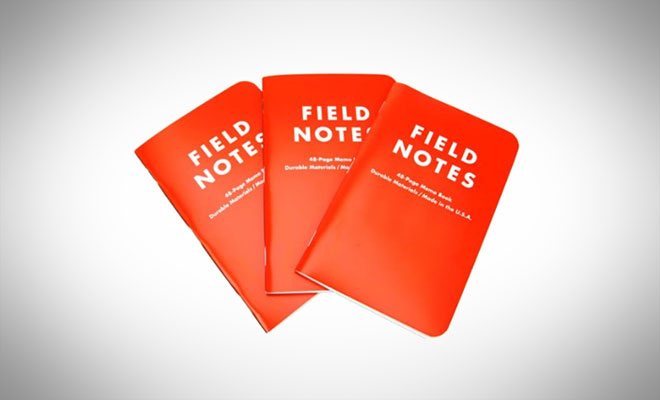
Toiletries
I’m packing some Dr. Bronner’s magic soap, a toothbrush, and toothpaste; these all fit in a small cuben sack.
Liked this article? Why not check out these too:
The Best Backpacks for a 1 to 3 Day Hike
9 Hiking Essentials to Never Hike Without





 Carry Awards
Carry Awards Insights
Insights Liking
Liking Projects
Projects Interviews
Interviews
